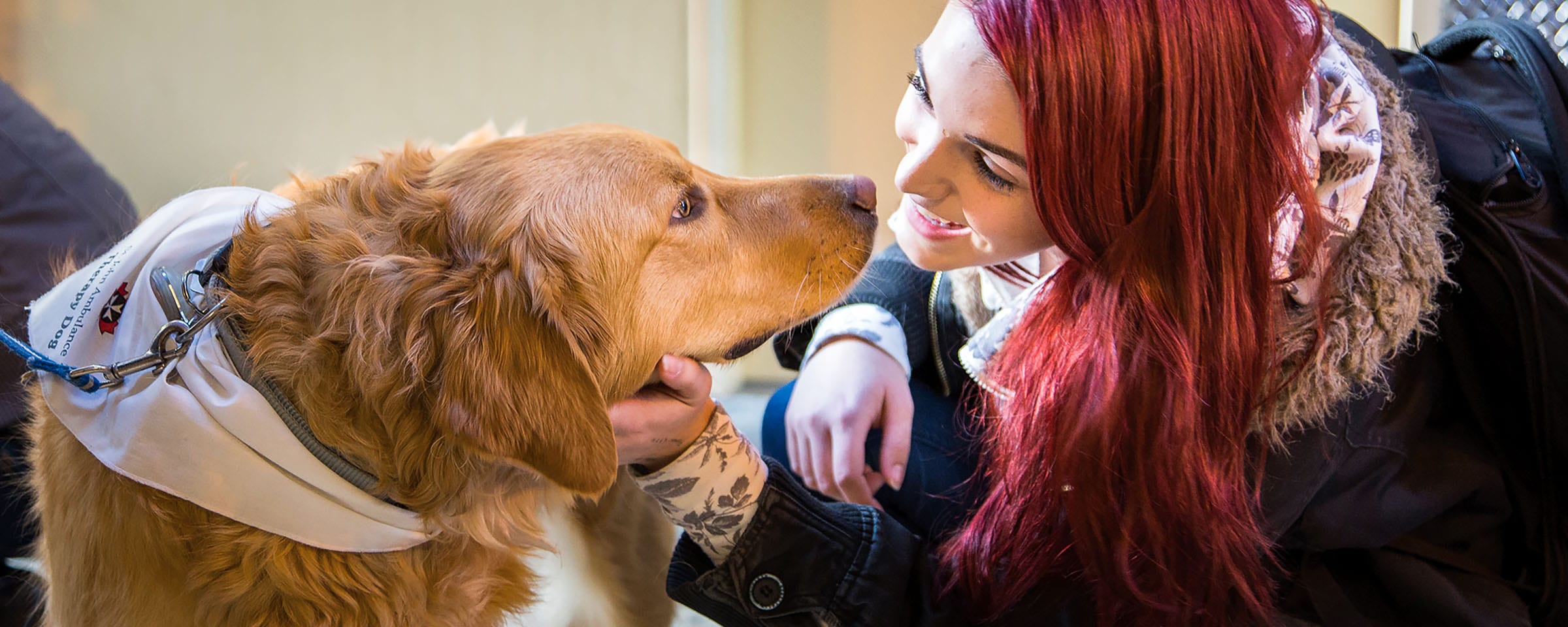Good night and don’t let the bed bugs bite
Yes they are small and it makes one squeemish to think about them…but they are a reality. They are persistent and they are found in all areas of life, whether in a hotel, upscale apartments & hotels, transit, theatres and everyday dwellings. They ride into your life on electronics, furniture, used clothing and from the last holiday destinations.
As much as we don’t like them, they are an issue and it is best to be alert and prepared. They do not cause or spread disease but the bites can be itchy and if scratched, like any other bite, can become infected. Using anti-itch or bite creams can help.
Most importantly do not ignore them, they hide in light and come out at night. Below are some ways to address this issue. If planning to use chemicals call a professional.
Below are some non-chemical ideas. There is a Winnipeg registry on places that have had or have bedbugs in Winnipeg or if you are reporting you found them. City of Winnipeg is also an excellent resource.
Some non-chemical ways to treat Bed Bugs include:
- Place dry clothes into the dryer on high heat for a minimum of 15-20 minutes. This will effectively kill all stages, including the egg stage, without damaging the clothing.
- Alternatively, wash bedding and clothing in hot water (120oF) and laundry detergent.
- Use hot steam along baseboards, wallpaper, cracks or other areas where Bed Bugs and eggs can hide. Remember, if they can get into a space, they are likely there.
- Vacuum often with strong suction all possible places with Bed Bugs including the mattress, box spring, bedding and surrounding area. Scraping of the small grayish white 1 mm eggs has to occur to remove them. Vacuum daily and empty vacuum immediately and place into a sealed, tied up garbage bag and dispose of in the regular garbage.
- Use a scrub brush to remove Bed Bugs and eggs from the seams of mattresses.
- Stuffed toys can be put in the clothes dryer for a minimum of 15 to 20 minutes on high heat.
- If the material is heavily infested, treat with a properly registered pesticide or hire an exterminator to treat your location or seal up in plastic and remove the infested material . If feasible and practicable, if throwing out furniture, beds or bed frames that are suspected of having Bed Bugs damage them so that they are unusable to prevent someone from picking them up and taking them home. Wrap in plastic before taking them out to the garbage or down a hall. If large put a sign to not use. If possible treat the infested materials with heat above 120oF or 49oC
- Do not bring materials into a new location or from a location where Bed Bugs may have been present or are a current issue. Bed Bugs are easily and commonly transported from location to location on anything that can hold or hide bed bugs. This includes literally any household items, electronics, books that may have potential hiding spots.
- Treating materials that are infested with Bed Bugs by using cold temperatures (below 0oC) is NOT an effective method for control as the temperatures need to be well below what normal household freezers can provide. It can be used to slow down adults and nymphs so that materials can be properly washed, dried or vacuumed. Cold temperatures at this level will not be an effective control for killing eggs. Do think because it has been outside in the cold, it will kill them, it won’t.
- Placing bed legs in protectors, using bed-bug proof mattress covers and pillow cases, and double-sided tape around frames can help catch them.
From Health Services
